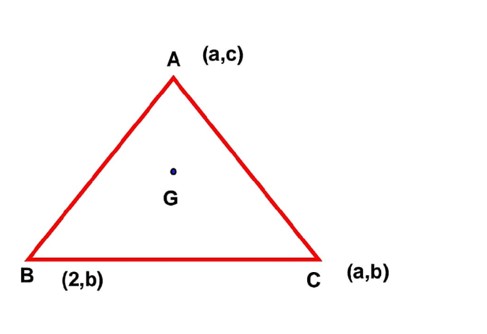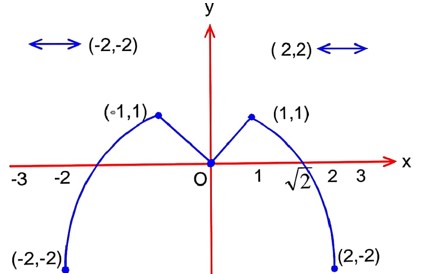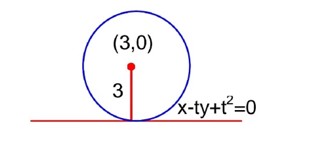Maths
Get insights from 6.5k questions on Maths, answered by students, alumni, and experts. You may also ask and answer any question you like about Maths
Follow Ask QuestionQuestions
Discussions
Active Users
Followers
New answer posted
3 months agoContributor-Level 10
Total possibilities = 25 * 25
Farounable case = 5C2 * 33 = 10 * 33
New answer posted
3 months agoContributor-Level 10
A tangent to y2 = 4x is x – ty + t2 = 0
(3 + t2)2 = 9 (1 + t2)
Point of contact
&
New answer posted
3 months agoContributor-Level 10
Point of intersection is P (2, 3, 2)
Point Q on is (3 + 2s, 3 + 2s, 2 + s).
New answer posted
3 months agoContributor-Level 10
2a + 2 = 0
2a = 8 -> a = 4 .(i)
and
2b + c = 7 .(ii)
Since a, b, c are in A.P.
2b = a + c
From (i) 2b = 4 + c .(iii)
Solving (ii) and (iii)
4 + c + c = 7
2c = 3
As per question

Taking an Exam? Selecting a College?
Get authentic answers from experts, students and alumni that you won't find anywhere else
Sign Up on ShikshaOn Shiksha, get access to
- 65k Colleges
- 1.2k Exams
- 679k Reviews
- 1800k Answers




